Everything you want to know about the Q Factor
What it is and why it matters, how to measure it, what the Q stands for, and more
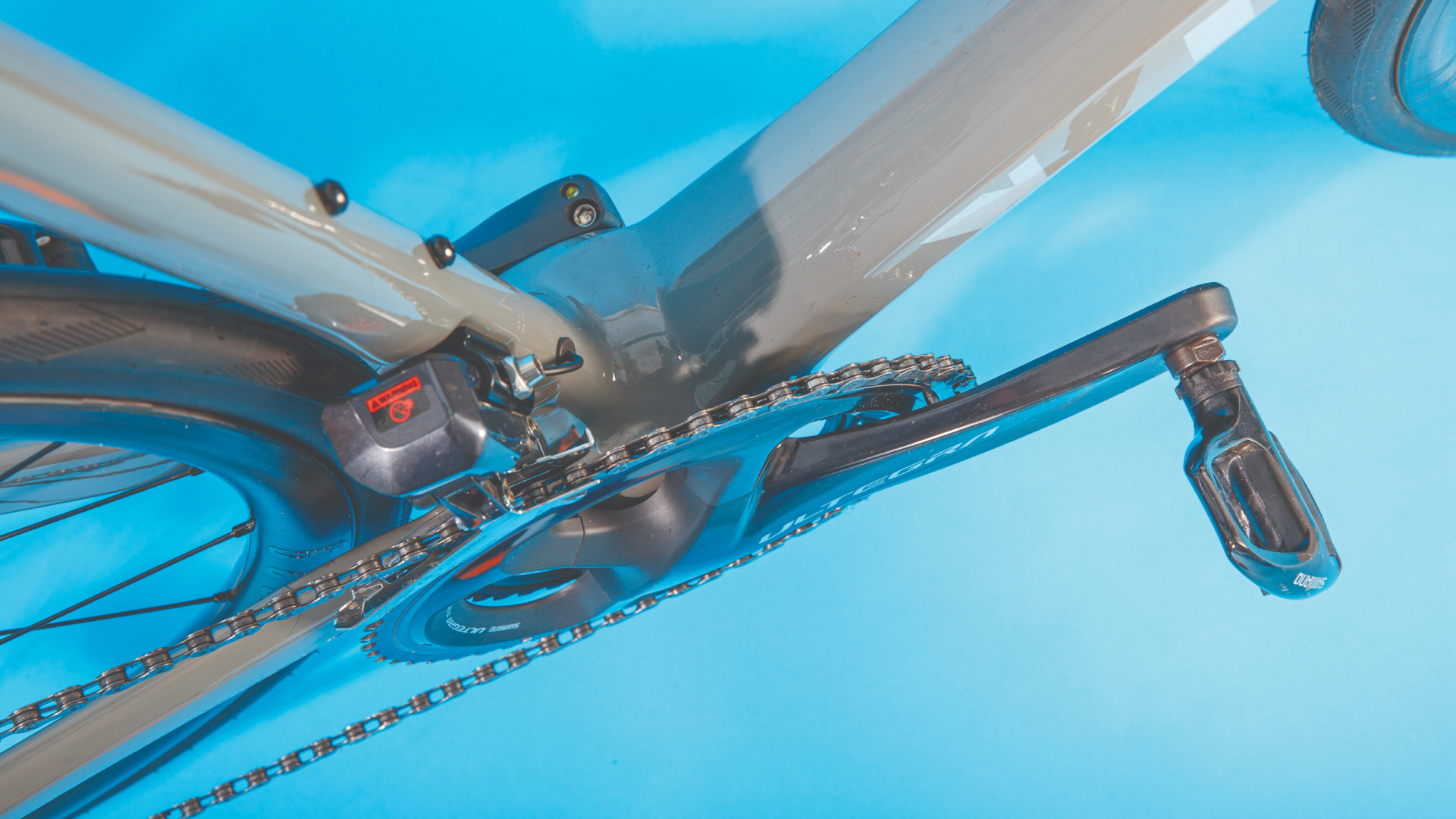
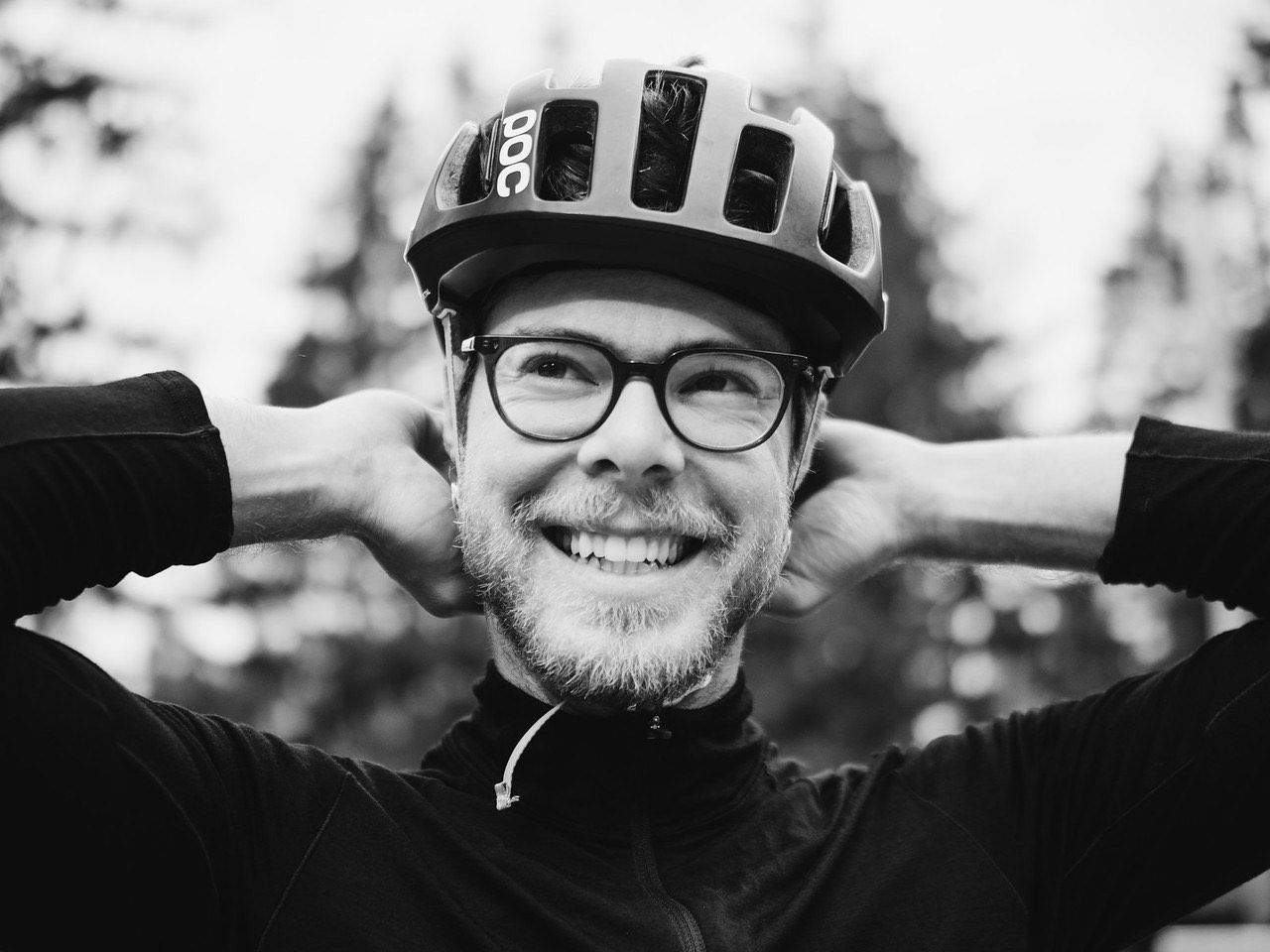
As we all know, Q factor is the person who equips tuxedo-clad Special Agents with nifty double-0 gadgets as he chases after villains. Wait, no, that’s not right… In the world of cycling, the Q factor refers to the width of the crank arms. More specifically, the lateral distance between the outside of the crank arms at the point where the pedal spindles affix.
The name is actually derived from the word “Quack,” referencing the waddling gait of a duck. And no, I’m not joking this time. Cycling legend Grant Peterson coined the term during his time with Bridgestone Bicycles.
Q factor is part of the equation that dictates the width of one’s pedalling stance and can impact both pedalling mechanics and overall bike fit. But the Q factor is not the sole component of a rider’s stance: it is a starting point. Ultimately, the width of your feet is also affected by pedal type, spindle length, cleat position and shoe design.
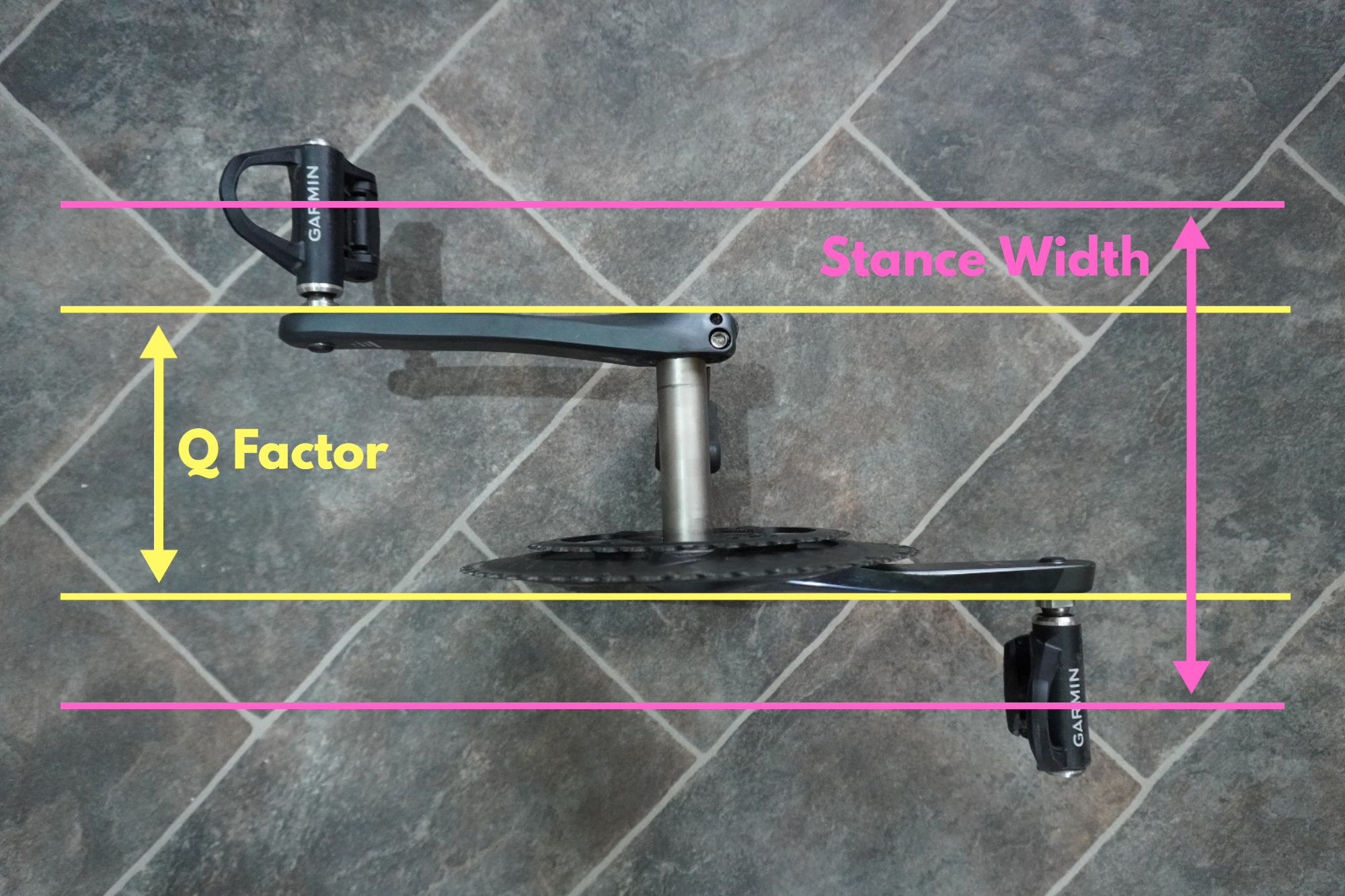
Differing Dimensions
Before the advent of mountain and gravel bikes, Q factor was fairly consistent across cranksets from different manufacturers, typically between 145 and 150 mm on road bikes. Now, there are more variables. Gravel bike-specific components have slightly larger Q factors, often in the 150-155 mm range, and mountain bikes, which must accommodate significantly wider tyres, can have Q factors as wide as 170+ mm.
Larger Q factors have grown alongside the increased chainline measurements. Chainline is the distance from the chainring to the centerline of the bike frame and is critical to a drivetrain’s performance. The rise of 1x drivetrains and the ever-increasing arms race to add more gears has necessitated wider chain lines to work with wide-range cassettes.
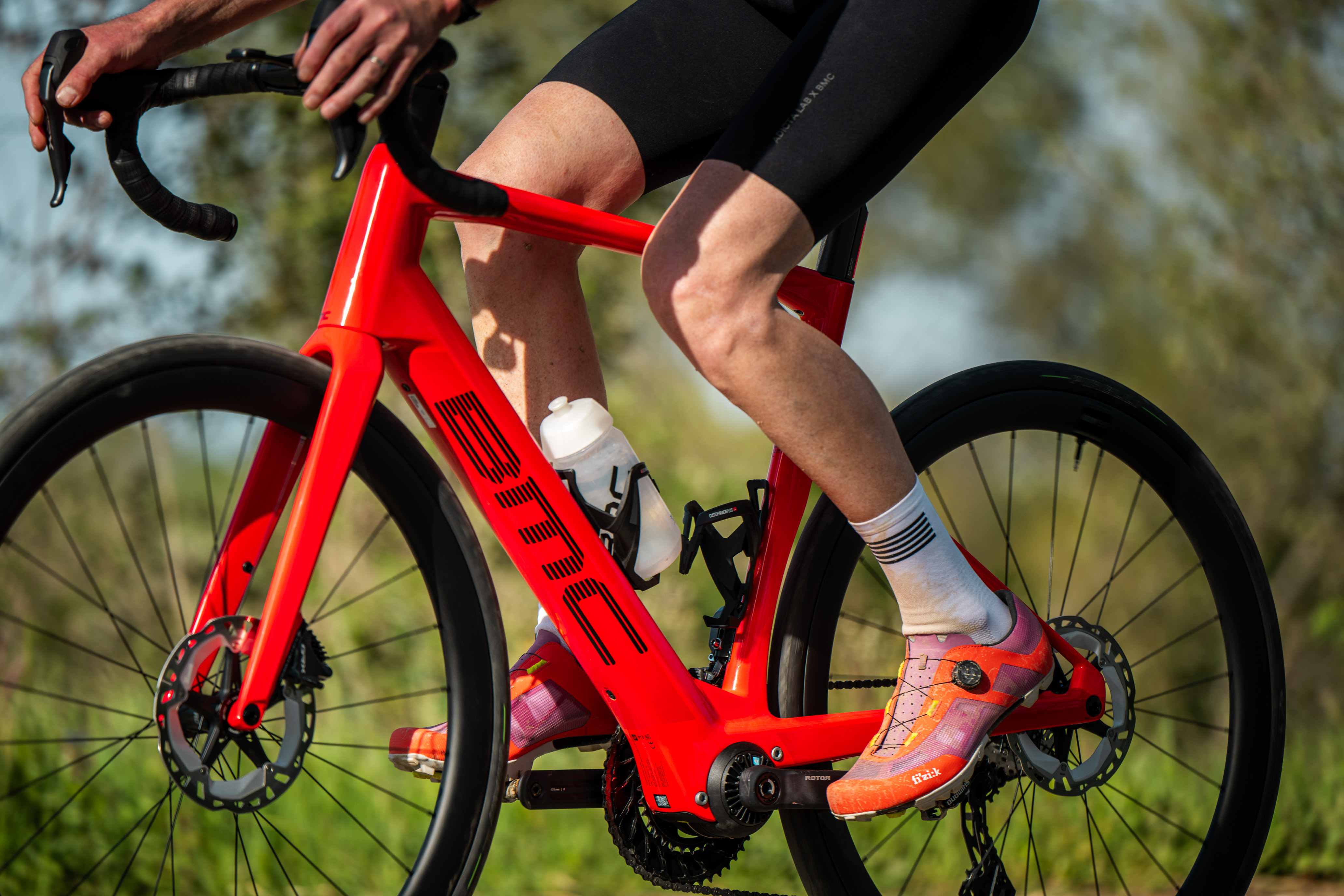
How does this impact riding?
Most riders will be comfortable with some variability in Q factor dimensions without issue. A larger Q factor makes for a wider stance, which promotes stability while riding, but it also decreases cornering clearance and makes pedal strikes more likely when a bike is leaned over.
Aerodynamically speaking, narrower is usually faster. Thus, track bikes often have very narrow Q factors. Filippo Ganna’s Pinarello-built Hour-Record bike was designed around a super narrow 54mm bottom bracket and Q factor of just 134 mm.
Get The Leadout Newsletter
The latest race content, interviews, features, reviews and expert buying guides, direct to your inbox!
Biomechanically speaking, whether or not the Q factor has an impact on pedalling depends on one’s physiology. For most riders, there’s a sweet spot within 5-10 mm where they are most comfortable and produce the most power. Going narrower might not be faster if it means a reduction in power output.
For larger riders, it may be more comfortable to have a slightly wider stance to match the width of your hips. There are no precise rules in play here regarding fit, rather it comes down to each individual rider’s perceived comfort and preference. For smaller riders, a larger Q factor may feel awkward and inefficient, and reducing your pedalling stance will help it to feel more natural.
While there are riders who are very attuned to these minute differences, we’re talking about very subtle changes, and a few millimetres narrower or wider is well within most people’s comfort range.

How do you measure Q factor?
Most component manufacturers will list Q factor as part of the specifications, but this information isn’t always easy to find. Fortunately, measuring it is straightforward enough. I recommend using a ruler, as it’s easier to be accurate with a rigid measuring device, but a tape will work in a pinch.
First, position the crank arms so that they are parallel with the seat tube and one of them is directly alongside it. Then, measure from the centre of the seat tube to the outside of the crank arm where the pedal threads in. On a modern road bike, this number will likely be around 70-73 mm. Doing the same on the other side (they should be symmetrical!) and adding them together will give you the total Q factor dimension.
If you own multiple bicycles, you may find it useful to measure Q factor across each of them to see if it differs. Component manufacturers are not consistent with this dimension across product lines and it is possible to have surprising amounts of variation between different component tiers even from the same company. Again, for most people this isn’t an issue, but if you find yourself not jiving with a particular bike for some reason, this could be the culprit.

What can you do to change it?
Fortunately Q factor is not the only piece of the puzzle when it comes to pedalling stance. If you wish to exactly replicate the fit of a specific bike, there are options when it comes to translating your pedalling stance.
For example, if you like the stance of your road bike (with a Q factor of say, 146 mm), and wish for your gravel-specific drivetrain-equipped gravel bike (Q factor 151 mm) to feel the same, then choosing pedals with a shorter axle (Shimano XTR pedals are available in a narrow version) will negate this difference. Or, if you wish to match the larger dimension, you could try longer pedal axles (Time makes road pedals in three axle lengths; Shimano has two SPD-SL options; Wahoo has four different lengths) to make up the difference.
Most cycling shoes also can accommodate some side to side adjustment for cleats. If you’re tinkering, this is a good place to start, as it doesn’t require purchasing any additional parts. Some shoes and cleat systems have more built-in adjustments than others. Experimenting with different shoes, cleats and pedals will help you to fine-tune your fit if you wish to do so.
Conclusion
To some, Q factor may seem like just another piece of esoteric cycling jargon, and, well, they’re not wrong. But it is a part of the overall picture of how we ride bicycles. The science behind Q factor has been studied some, however, more research needs to occur in order to grow the body of knowledge. For practical purposes, most riders will probably be well served by simply following the maxim: “If it ain’t broke, don’t fix it.” Either that or, “Quack, quack.”

Thank you for reading 20 articles this month* Join now for unlimited access
Enjoy your first month for just £1 / $1 / €1
*Read 5 free articles per month without a subscription

Join now for unlimited access
Try first month for just £1 / $1 / €1

Tyler Boucher is a former (and occasionally still) bike racer across several disciplines. These days, he spends most of his time in the saddle piloting his children around in a cargo bike. His writing has appeared in magazines published in Europe, the UK and North America. He lives in Seattle, Washington.
-
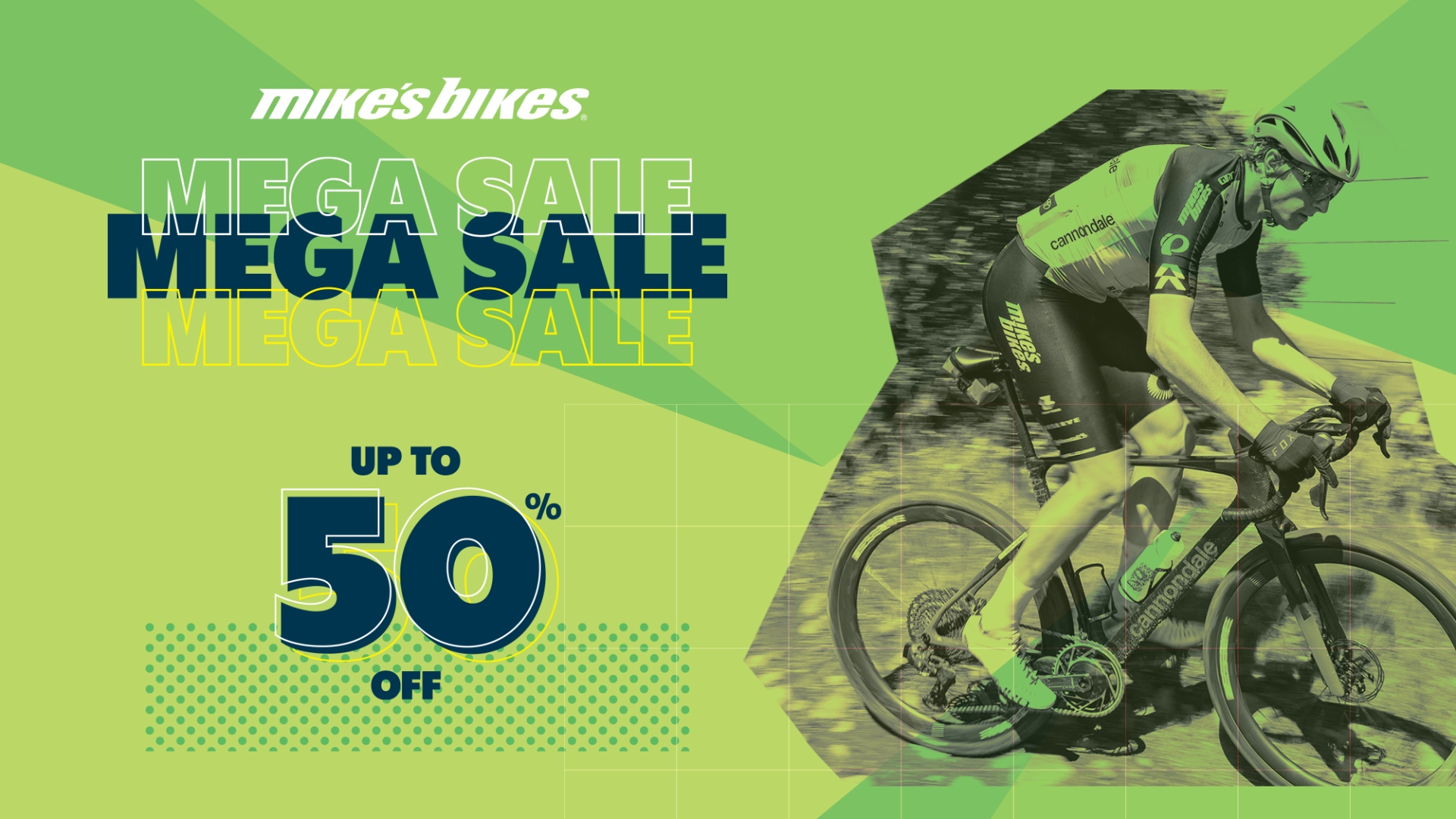 Mike's Bikes 'mega sale' is live and site wide with discounts over 50%
Mike's Bikes 'mega sale' is live and site wide with discounts over 50%Running until Sunday all products are discounted including complete bikes, clothing, smart trainers and much more
By Luke Friend
-
 Can you be a pro athlete and an environmentalist? Earth Day reflections from a pro cyclist trying to be both
Can you be a pro athlete and an environmentalist? Earth Day reflections from a pro cyclist trying to be bothHow Sarah Sturm reconciles her life as a pro cyclist with her environmental values
By Sarah Sturm
-
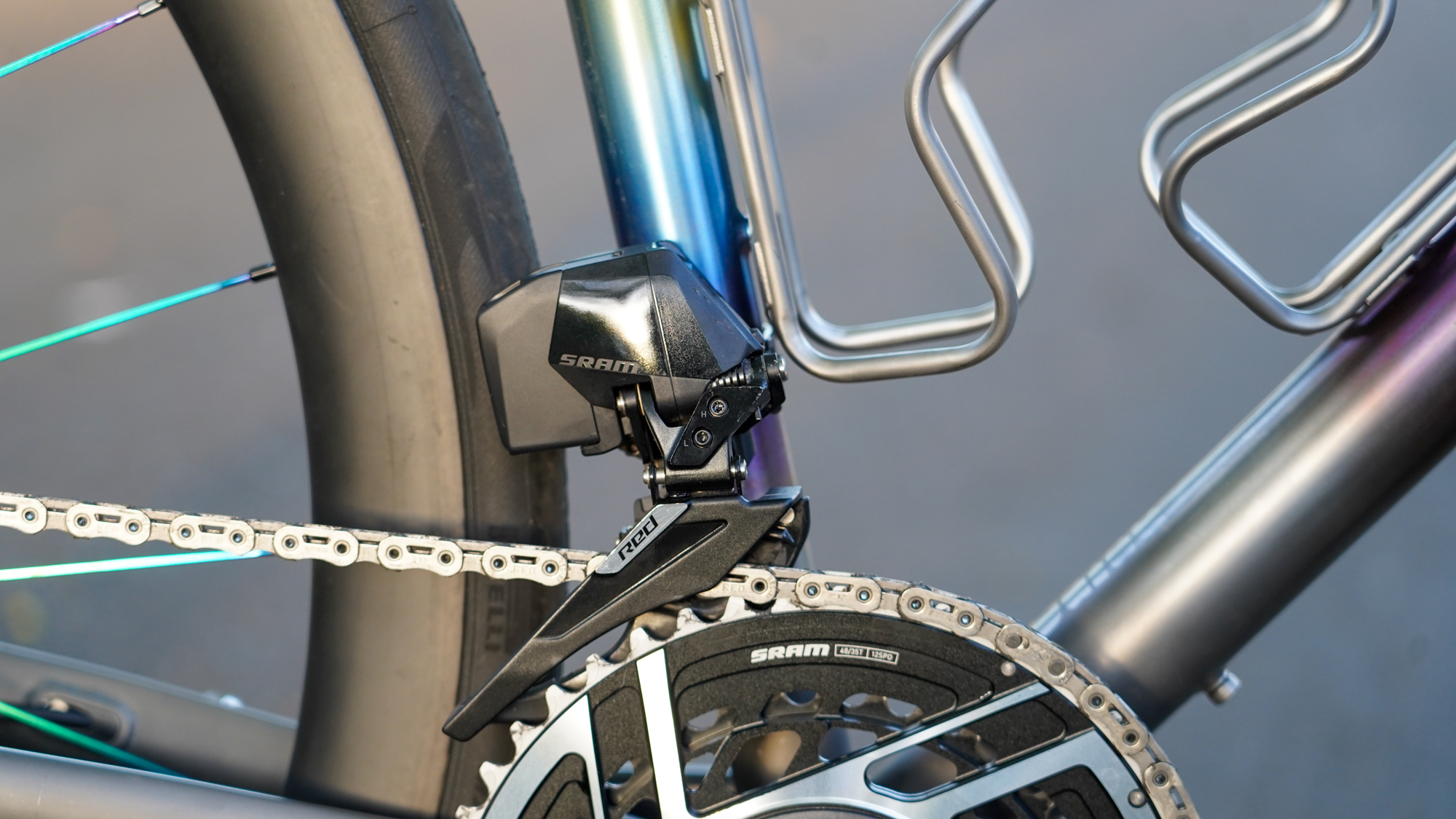 Opinion: Are electronic groupsets worth the investment?
Opinion: Are electronic groupsets worth the investment?Thoughts on drivetrains, buttons, batteries, fast vs slow, good vs evil, wristwatches and zen states of being
By Tyler Boucher
-
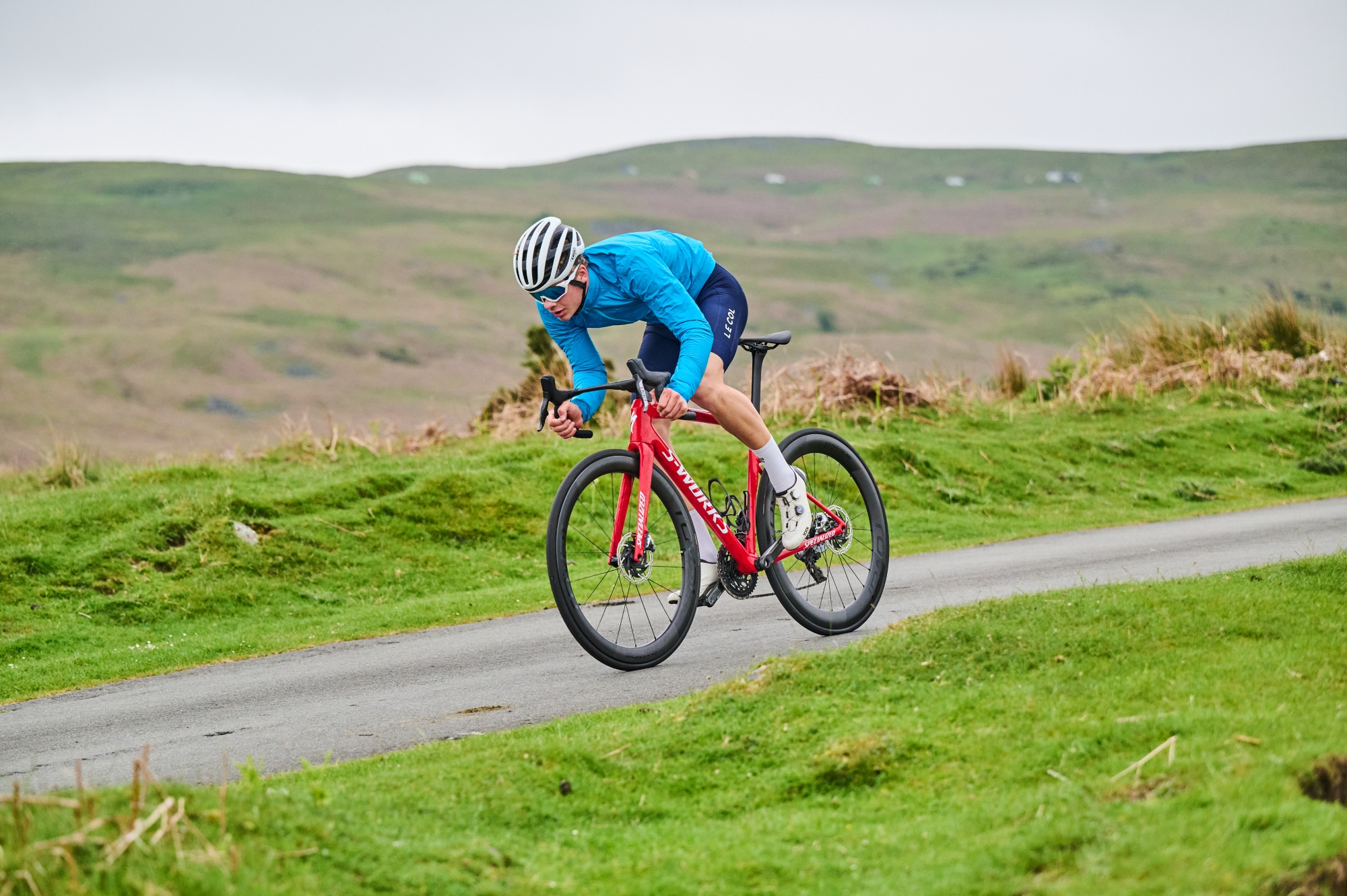 Stiffness vs. Compliance: Making sense of bicycle frame design
Stiffness vs. Compliance: Making sense of bicycle frame designHow frame designers find the sweet spot between stiffness and compliance as well as some thoughts on “ride quality”
By Tyler Boucher
-
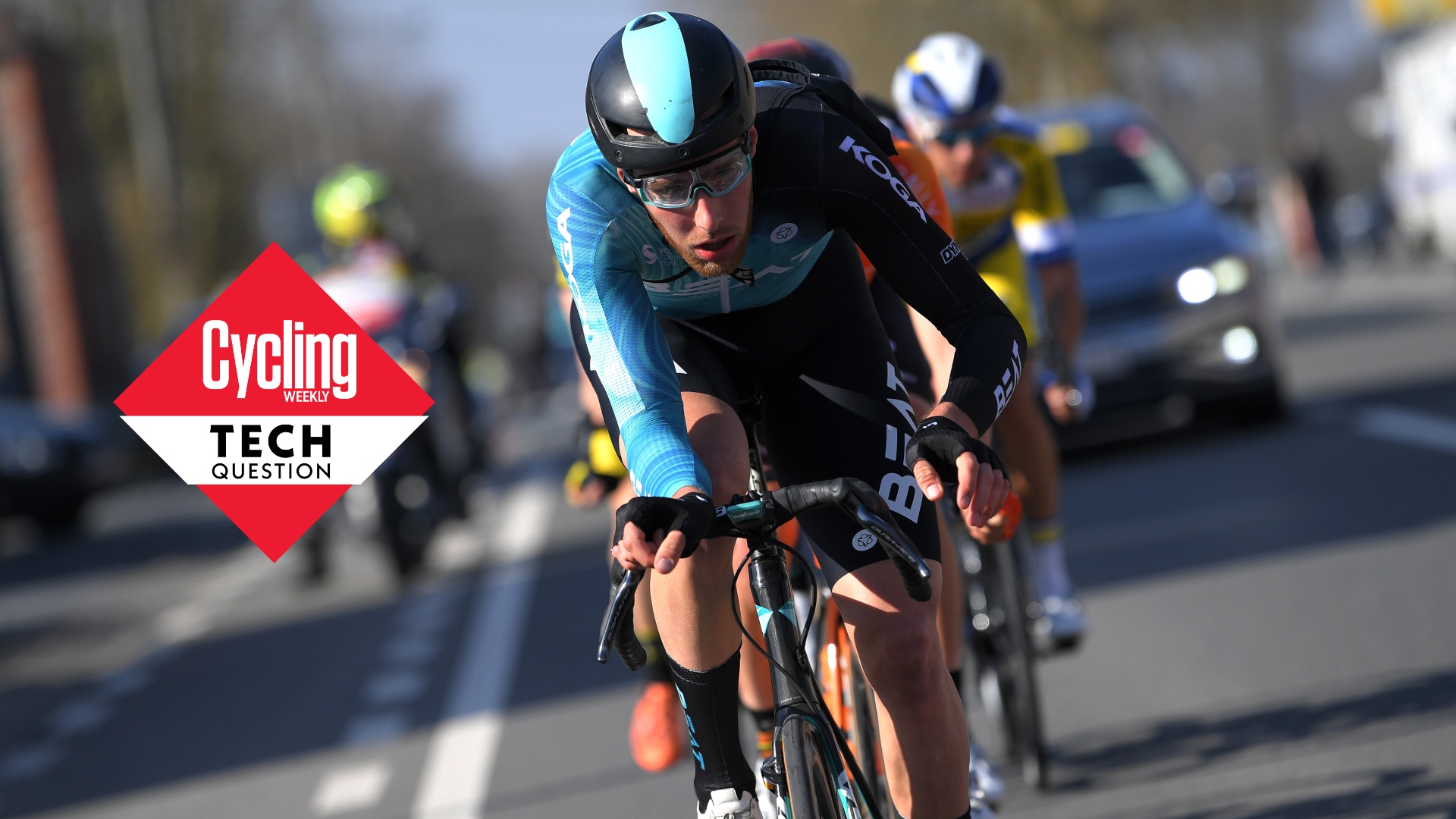 Tech Question: We're used to racers on narrow bars - but are they more comfortable, too?
Tech Question: We're used to racers on narrow bars - but are they more comfortable, too?We ask the experts what to look for in determining the optimal handlebar width
By Joe Baker
-
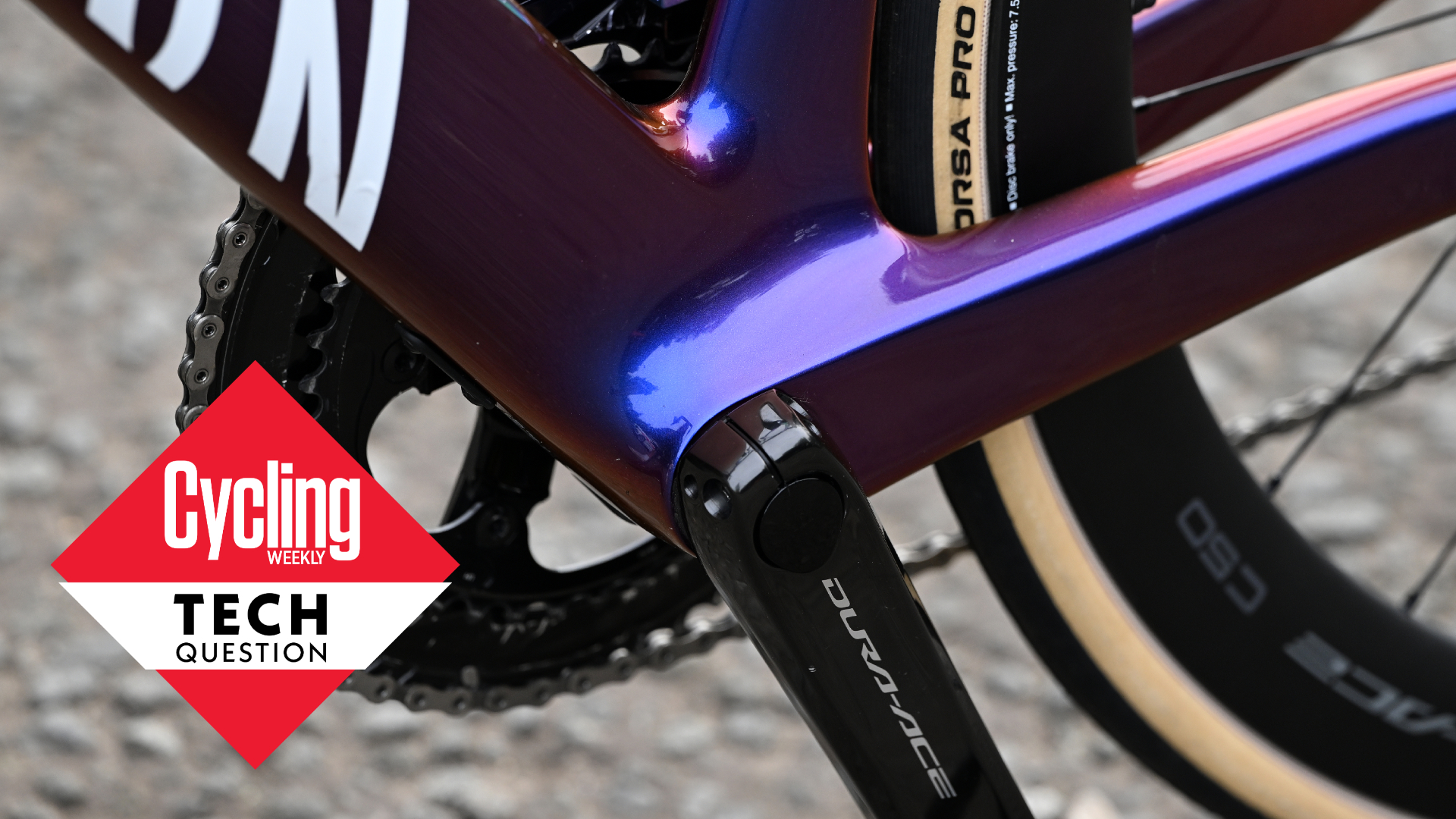 Tech Question: Where do things now stand on press-fit bottom brackets? Good or bad?
Tech Question: Where do things now stand on press-fit bottom brackets? Good or bad?Few innovations have garnered as much animosity as press-fit bottom brackets - but the tech now has some strong proponents
By Stefan Abram
-
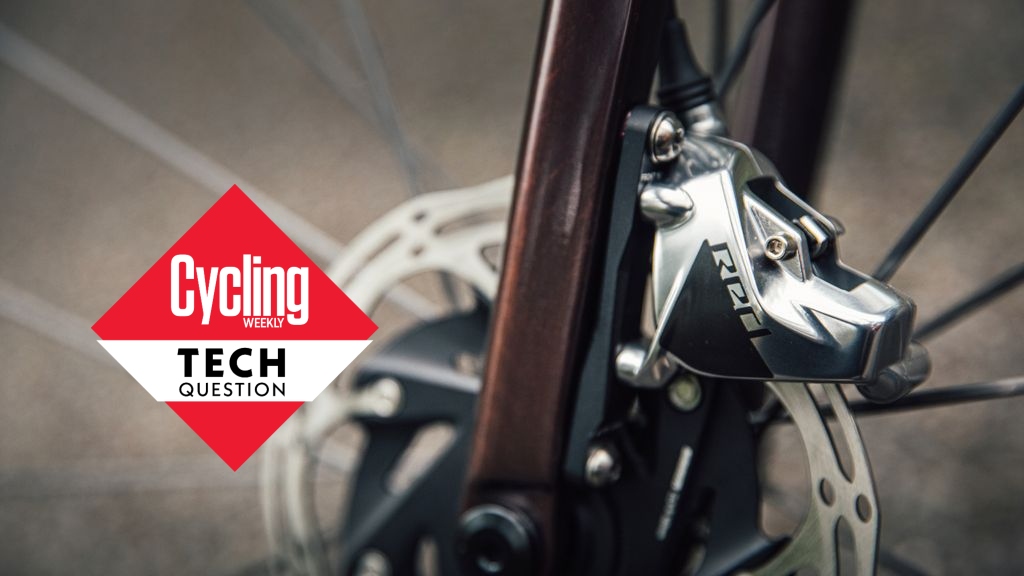 Tech Question: Is a proper clean the only disc brake upgrade you need?
Tech Question: Is a proper clean the only disc brake upgrade you need?Bike mechanic and owner of Surrey Hills Cycleworks, Dave Farmer, shares his tips on how to improve braking performance
By Stefan Abram
-
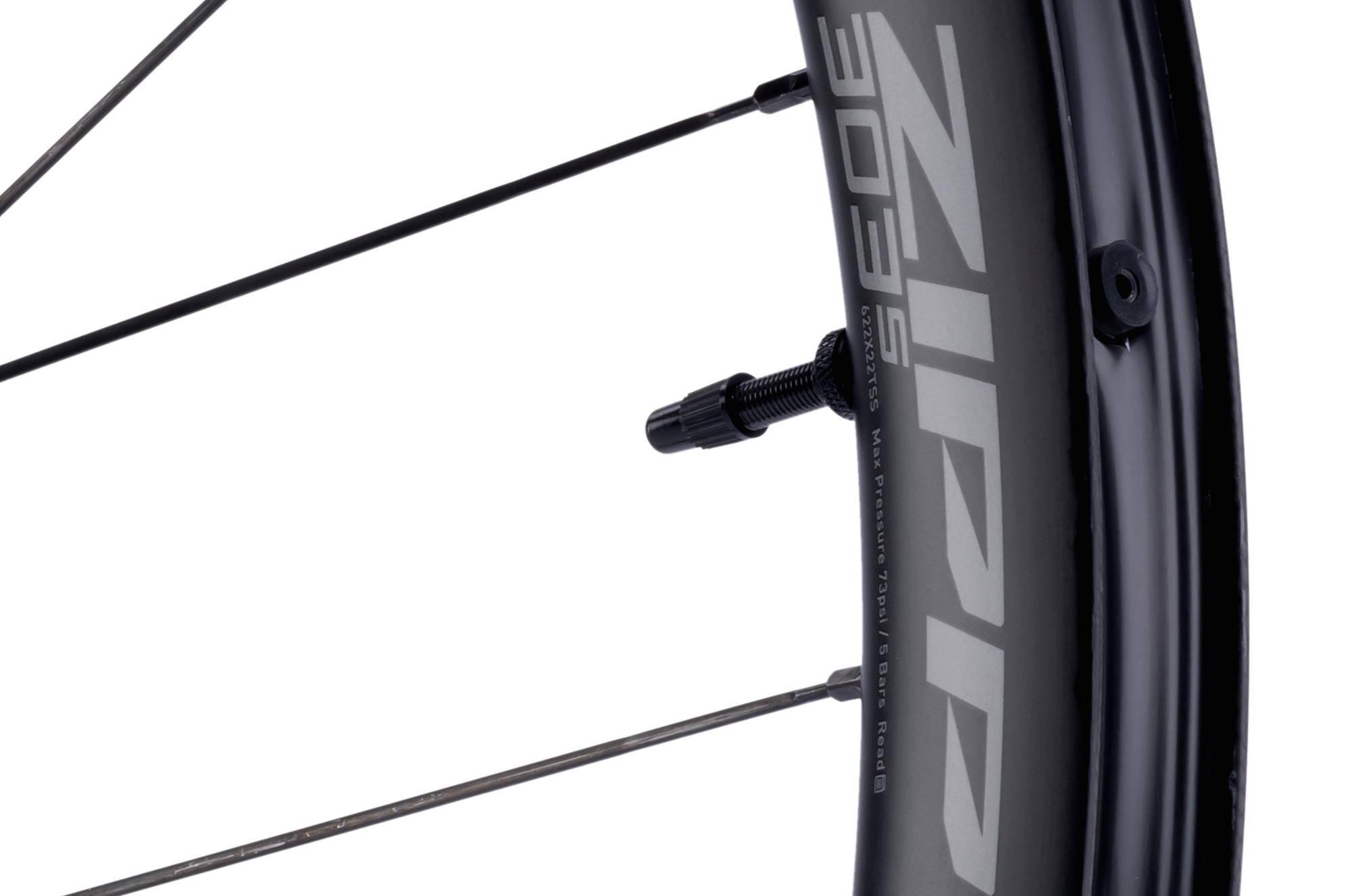 What are hookless rims and do you need them?
What are hookless rims and do you need them?With the big wheel brands launching new rims with straight sidewalls, we ask whether hookless technology can benefit your bike riding
By Simon Smythe
-
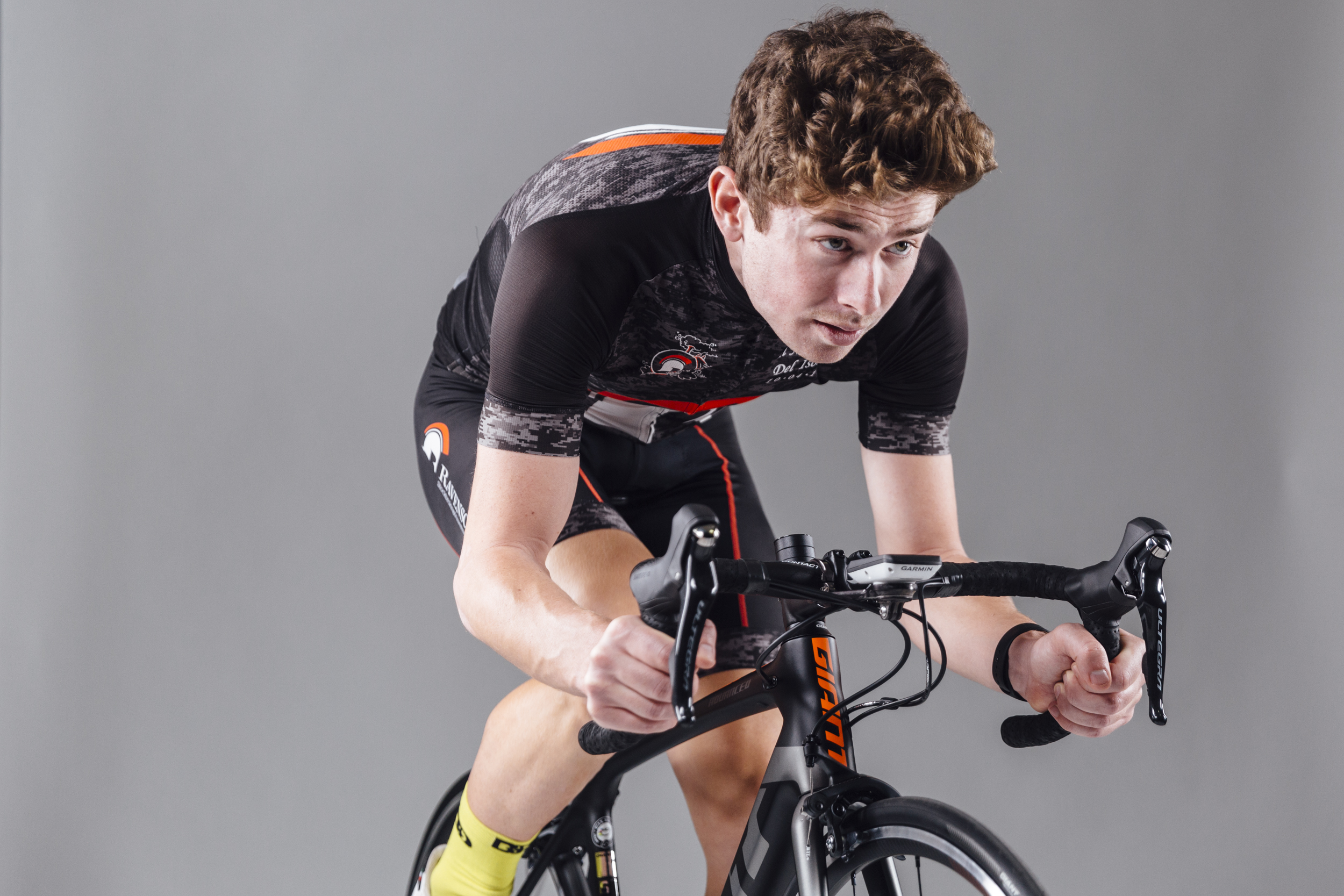 Do you need indoor cycling specific clothing?
Do you need indoor cycling specific clothing?With an ever expanding range of indoor cycling kit available, we ask if it really makes any difference?
By Michelle Arthurs-Brennan
-
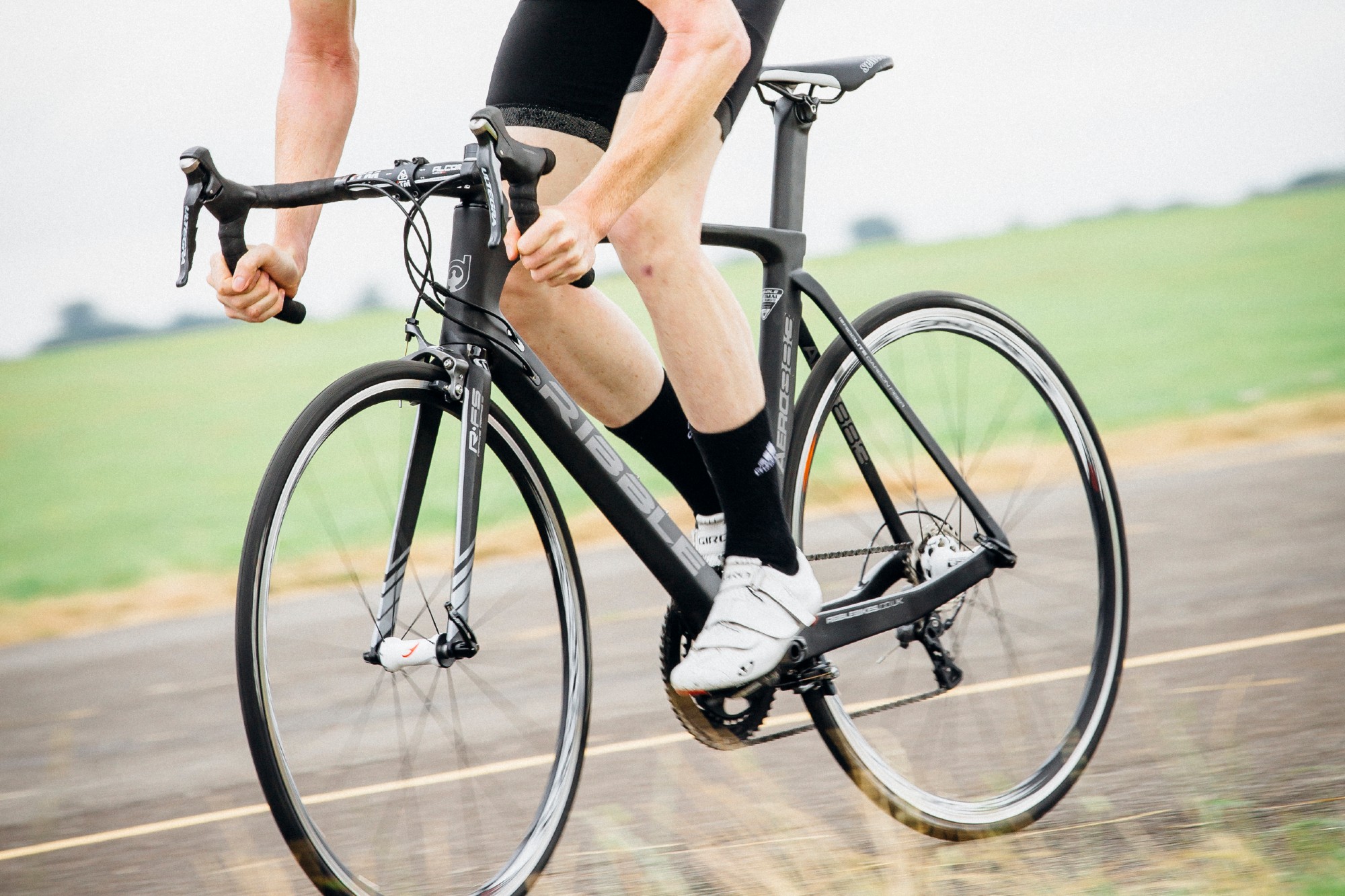 Is a stiffer bike really faster?
Is a stiffer bike really faster?We take a closer look at one part of the holy trinity of frame design
By Michelle Arthurs-Brennan